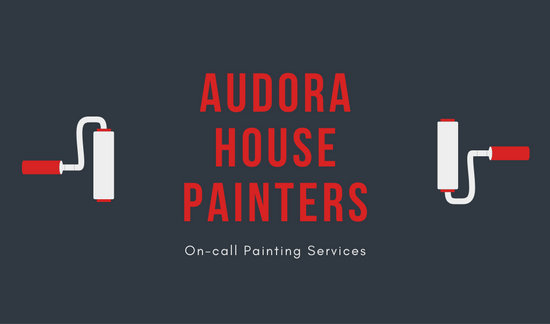Investigate The Function Of Seasonal Factors In The Success Of Business Outside Paint And Uncover The Very Best Times To Secure Long Lasting Results For Your Task
Investigate The Function Of Seasonal Factors In The Success Of Business Outside Paint And Uncover The Very Best Times To Secure Long Lasting Results For Your Task
Blog Article
Published By-Doherty Rodriquez
When you're planning a commercial exterior paint task, seasonal aspects can make or break your outcomes. You'll want to take into consideration how temperature level and moisture impact paint application and drying times. Picking the best period can guarantee your paint adheres correctly and lasts longer. However which periods are really the most effective for this sort of job? Allow's check out the crucial elements that can affect your project's success.
The Impact of Temperature on Paint Application
When you're intending an industrial external painting job, the temperature can dramatically influence how well the paint adheres and dries out.
Preferably, you wish to repaint when temperature levels vary in between 50 ° F and 85 ° F. If it's too chilly, the paint may not cure appropriately, causing issues like peeling or splitting.
On the other side, if it's too hot, the paint can dry out too rapidly, avoiding proper adhesion and leading to an unequal surface.
You should likewise think about the time of day; early morning or late afternoon offers cooler temperatures, which can be a lot more desirable.
Constantly examine the producer's suggestions for the details paint you're using, as they frequently offer advice on the optimal temperature level array for ideal outcomes.
Moisture and Its Impact on Drying Times
Temperature isn't the only ecological factor that affects your commercial exterior painting project; humidity plays a substantial duty as well. High humidity degrees can slow down drying out times significantly, influencing the general quality of your paint job.
When the air is saturated with dampness, the paint takes longer to heal, which can cause problems like poor bond and a greater risk of mold development. If you're repainting on a particularly damp day, be gotten ready for extensive delay times in between coats.
licensed house painters to keep track of local weather and strategy as necessary. Ideally, go for moisture levels in between 40% and 70% for ideal drying out.
Keeping these factors in mind guarantees your task stays on track and provides a long lasting surface.
Best Seasons for Commercial Outside Painting Projects
What's the very best time of year for your industrial external painting projects?
Springtime and very early fall are generally your best choices. During these periods, temperatures are moderate, and moisture levels are usually reduced, creating suitable conditions for paint application and drying.
Prevent summer season's intense heat, which can trigger paint to completely dry as well rapidly, causing inadequate bond and surface. In a similar way, winter months's cold temperature levels can impede proper drying and curing, risking the long life of your paint work.
Go for days with temperature levels between 50 ° F and 85 ° F for ideal outcomes. Bear in mind to inspect the local weather forecast for rainfall, as wet conditions can spoil your task.
Preparation around these factors ensures your paint project runs efficiently and lasts much longer.
Verdict
In conclusion, preparing your industrial exterior painting projects around seasonal factors to consider can make a substantial distinction in the end result. By organizing Learn Alot more Here during the excellent temperatures and humidity levels, you'll ensure better adhesion and drying out times. Remember to watch on neighborhood weather report and choose the correct time of year-- springtime and very early loss are your best choices. Taking sherwin williams international will assist you accomplish a sturdy and specialist finish that lasts.
